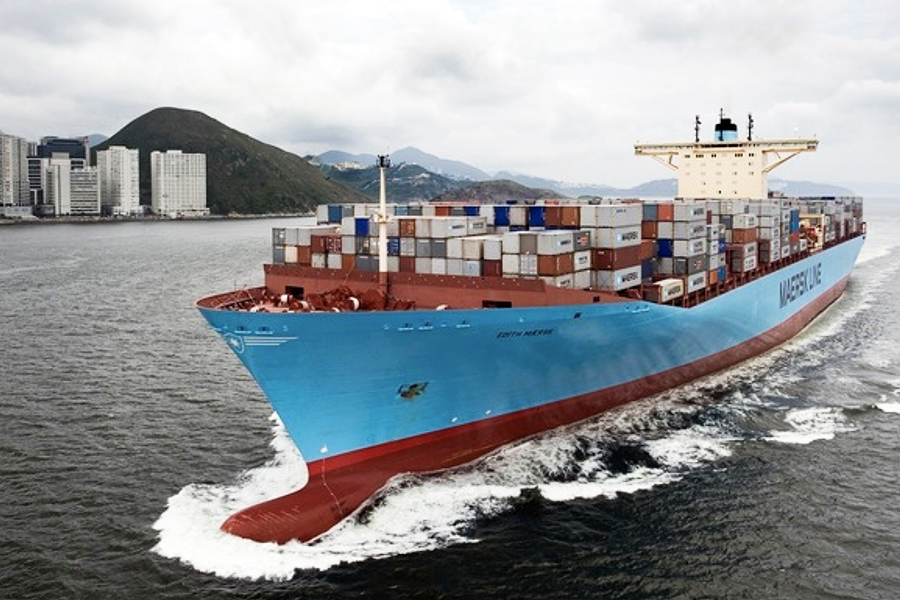March 23, 2020
AGT Poortman Dennis Sivyer talks about his experience sourcing product during the coronavirus outbreak.


With the COVID-19 pandemic causing worldwide disruptions in trade, we reached out to Dennis Sivyer, logistics manager at AGT Poortman, to gauge what was happening in the container shipping industry.
Sivyer: I think it took all us a little bit by surprise. We expected the usual delay with the Asian New Year holiday, which was in February. And as usual we built up some extra stocks. We got our shipments away as early as we could after our New Year and expected there to be a two-week break as there normally is with China. Then of course this whole coronavirus thing stopped anyone from going back to the factories. So there weren’t any shipments for probably nearly a month.
We then went off to try and source product from Canada, because that’s our HQ. Unfortunately, that market was having its own problems because there were various protests against a pipeline project. The protestors were stopping the trucks and the traffic and the trains. So that was a no-go for us, too. And then in our wisdom we turned to Italy to look for alternative product there, which they had. And lo and behold, the whole thing broke out there, too.
As a company, we have been through the hoops a little bit on the coronavirus and on sourcing material. But China is back to normal. Shipments are coming.
The impact that I’ve seen from the shutdown in China, which was about a month or longer, was that because nothing shipped out of there, North America became very short of empties. So where the product would have been shipping to North America, unloaded there and then the containers available for re-export, they were in short supply. We were trying to ship something earlier this month out of Colorado and we were told we could have only one container and not two. It wasn’t a big order, thankfully. And the premium was just to get the container. The freight markets had hiked up because there was a shortage.
I think North America was hit first because it’s the shorter voyage. I can see we are going to go through a similar thing in Europe because the voyage time from China is about four to six weeks, depending on what transit you get. So I think we are just going to see now a similar slowdown on the imports from China and probably we are going to get that kind of shortage of equipment, I would expect, or maybe it won’t be as severe as North America seems to have had it.
But thankfully as a company we are no longer solely dependent on China. We ship all around the world. But even today we just heard that Peru has gone on lockdown and exports there are going to be delayed. It is hitting worldwide now. Generally speaking, imports and exports have been slowed down simply because the number of people at work and the resources available are fewer.
GPC: Dennis, I’m curious. You mentioned China is back to normal. Can you tell us since when?
Sivyer: I would say that at the start of this month we began to get more shipments out and we were told factory workers were allowed to return to the factory. I would say service has been resumed in China, but the rest of the world is now having the same problem; for instance, as I mentioned, Peru closed down today. We have product coming out of there that probably won’t ship for another two weeks.
We are all trying to make contingency plans for documents and presentations, getting containers released, and health certificates and all those kinds of things that you need with plant products.
It’s a bit challenging, I must say.
GPC: You mentioned freight pricing. What fluctuations are you seeing there?
Sivyer: From the middle of December up until the end of December the market increased. It then dropped very slightly in the New Year for the first half of January, and then took another dip at the beginning of February, and dropped off by about $400 during the month of February.
That’s the kind of rollercoaster we are seeing. These days the shipping lines are much savvier. They will take vessels away and just run them empty rather than put them in the port and pushing the rates down. They do tend to judge the supply and demand better these days. But even they couldn’t manage to hold the prices when the coronavirus hit, obviously. They dropped dramatically in February.
Disclaimer: The opinions or views expressed in this publication are those of the authors or quoted persons. They do not purport to reflect the opinions or views of the Global Pulse Confederation or its members.